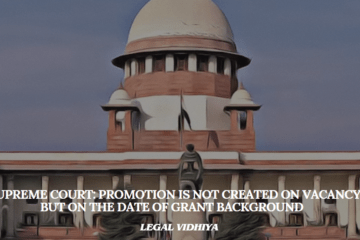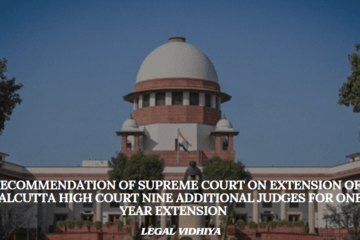
The Supreme Court noted that in order for an accused person to be found guilty based on statements made under Section 27 of the Evidence Act, the prosecution must prove that the information in the statement which led to the discovery of the evidence was not known to anyone before the accused person providing it.
In a murder case, the Court acquitted the accused persons citing that, the likelihood that documents would be made to implicate them cannot be overruled. The decision was made while hearing a batch of appeals challenging the Chhattisgarh High Court’s decision to dismiss the accused’s criminal appeals and uphold the conviction and sentence.
The background of the case is as follows
In 2011, Ramavtar, the father filed a missing person report following the disappearance of his son, Dharmendra(deceased). The police questioned the suspects while conducting a thorough investigation in response to the suspicion. The suspects admitted under questioning that they had killed the victim by strangulation on a road and then dumped his body in a local pond. According to the post-mortem report, the deceased’s cause of death was strangulation-induced asphyxia, and the manner of death was homicidal. FIR was registered following the report. The accused persons namely Ravishankar Tandon (Accused 1), Umend Prasad Dhrutlahre (Accused 2), Dinesh Chandrakar (Accused 3) and Satyendra Kumar Patre (Accused 4) devised a plan to carry out their criminal conspiracy to murder the deceased. The accused persons were found guilty by the Trial Court and were all given life sentences in prison plus fines. They approached the High Court aggrieved by the trial court’s decision. However, the High Court denied their petitions. Hence they appealed to the Apex Court.
In order to support its case, the prosecution presented the appellants’ memorandum statements, in which they acknowledged their involvement in the murder. It was claimed that accused No. 3 started a conspiracy among the accused by insisting others to kill Dharmendra in return for cash. Dharmendra was enticed by the accused under the pretense of buying silver, but instead, they killed him close to Bhatgaon. They then tried to hide their murder by disposing of his body in a pond. The appellant’s counsel, Mr.Manish Kumar Saran, argued that the prosecution had not proven any of the incriminating circumstances beyond a reasonable doubt.
According to Pranav, Dy. AG, the respondent State’s counsel, the prosecution has proven its case beyond a reasonable doubt in both the High Court and the trial court concurrently. Since the trial Court’s and the High Court’s conclusions are supported by convincing evidence, no interference is necessary.
The Sharad Birdhichand Sarda v. State of Maharashtra [1985] 1 SCR 88 case was cited by the Supreme Court, which ruled that the facts must be consistent with the accused’s guilt alone, meaning they cannot be explained by any other theory than the accused’s guilt. The conditions should be such that the hypothesis that has to be shown is the only one that can exist. A series of facts must be presented in such a way as to eliminate any possibility of a conclusion that could support the accused’s innocence and demonstrate that, given all reasonable doubt, the accused committed the crime.
According to the Supreme Court the prosecution has completely failed to show, that no one was aware of the deceased person’s body until it was discovered in the pond at Bhatgaon, and it was based solely on the disclosure statement provided by the accused under Section 27 of the Evidence Act.
Section 27 of the Indian Evidence Act states that, ‘Provided that, when any fact is deposed to as discovered inconsequence of information received from a person accused of any offence, in the custody of a police-officer, so much of such information, whether it amounts to a confession or not, as relates distinctly to the fact thereby discovered, may be proved.’
The bench concluded that in order to bring the case under Section 27 of the Evidence Act, the prosecution would have to prove that the fact which led to the discovery was clearly within the maker’s knowledge and the information was given by the accused while in police custody. It is only so much of the information as relates distinctly to the fact thereby discovered would be admissible.
CASE NAME: Ravishankar Tandon vs State of Chattisgarh (CRIMINAL APPEAL NO. 2740 OF 2023)
WRITTEN BY V.ANGELIN SUBIKSHA, SECOND YEAR LLB STUDENT, GOVERNMENT LAW COLLEGE, VELLORE, AN INTERN UNDER LEGAL VIDHIYA.
REFERENCES:
Ravishankar Tandon vs State of Chattisgarh (CRIMINAL APPEAL NO. 2740 OF 2023)




0 Comments